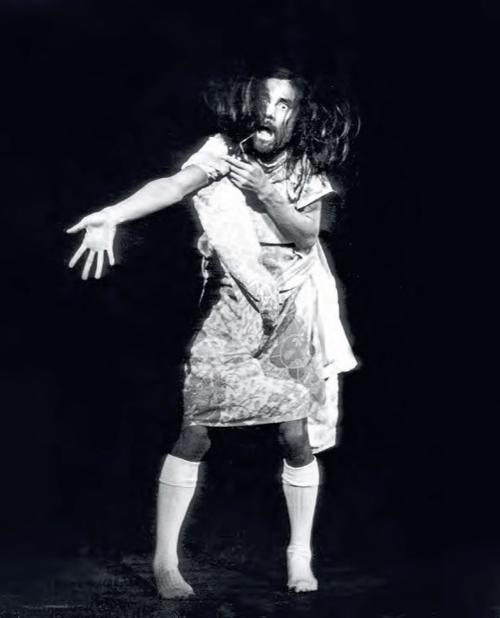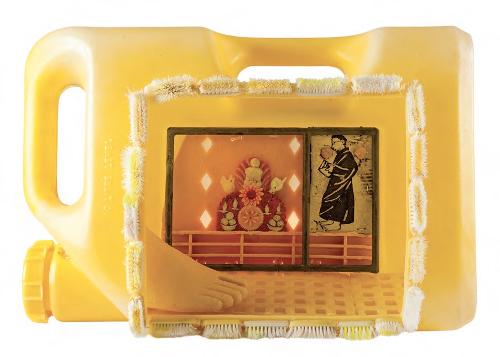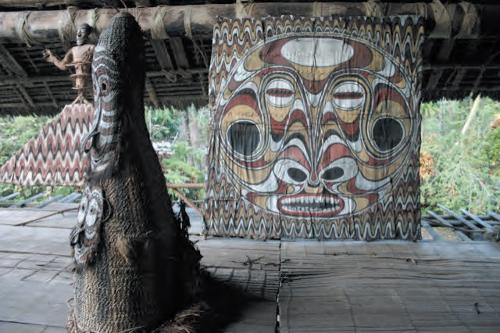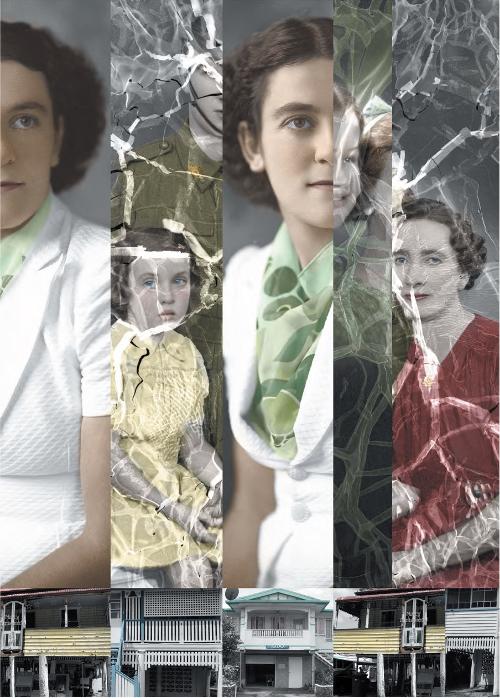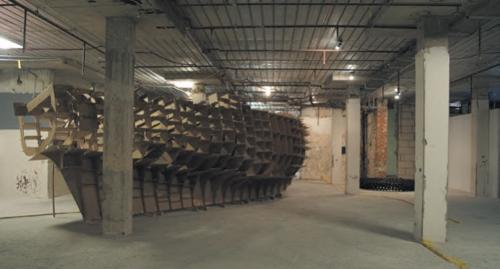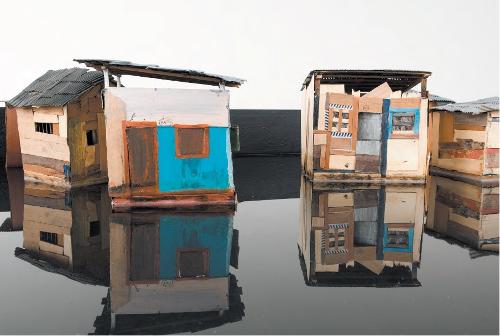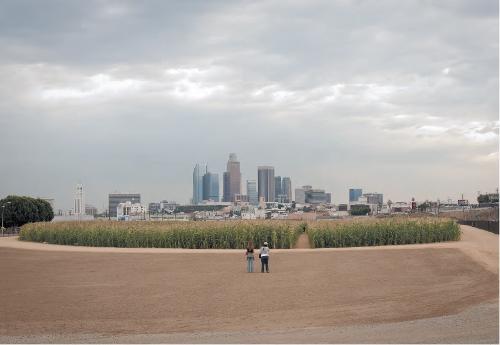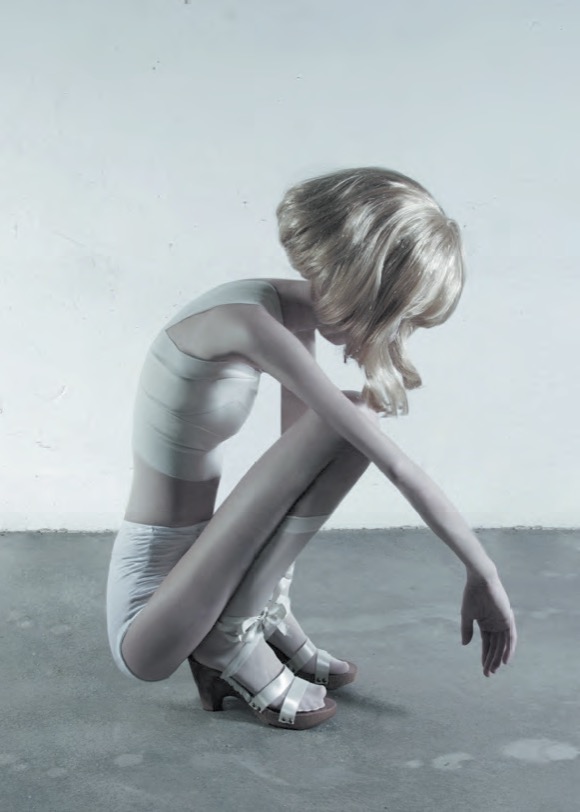
We are so used to exhibitions of photography, of works blown up in large format, that it is easy to forget that for many years professional photographs were most commonly seen in a more intimate scale, printed on fine paper in books and magazines. Even though these works have also been formatted for an exhibition that is touring both Australia and Germany, Mark McPherson's achievement here has been to revive the photographic anthology in book form. The beauty of books of images is that they allow the viewer to have a private, intimate relationship with a body of work.
Two years ago he created 'Hijacked 1', a survey of young Australian and United States photographers, and now his focus has turned to Germany. It is an interesting series of cultural connections. The USA connection was relatively easy to understand. Both are former British colonies, both displaced without consideration existing indigenous populations, both received a significant proportion of the 20th century world’s refugee population. For almost a century the USA has been the world’s most powerful empire, and in recent years Australia made the cultural shift from bowing to Britain to becoming a client state of the USA. But why did he choose Germany for the second volume?
What Germany and Australia have in common is a certain navel-gazing obsession about what it means to belong to their particular nationalities. Of course there are different reasons for this. Too many Australians still hold the classic insecurities of the colonised provincial society. With Germany the reasons are more complex and profound. No other European country has ever given itself the terrible reasons for self-doubt that still overhang modern united Germany, nor has any other country so effectively redeemed itself by the active and ongoing acts of penitence that mark German streetscapes.
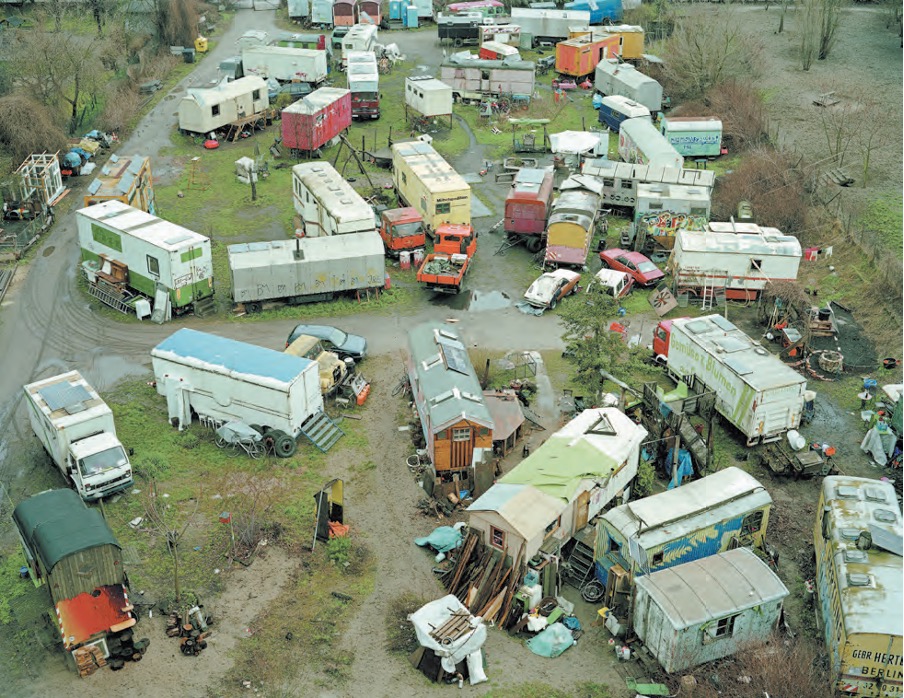
There is another connection, and one that gives photography in these two countries a common ancestry. When, in the 1930s, Jews, communists, homosexuals and dissidents fled Hitler’s Germany, some came to Australia. Wolfgang Sievers, Henry Talbot and Helmut Newton all established successful careers as photographers in the post-war years, and had a major impact on subsequent generations of Australians, but Newton returned to Germany where he is buried near his idol, Marlene Dietrich. As Katrina Schwartz notes in her essay on Newton, he later claimed that he was a European photographer who had no Australian influence, but his ongoing influence on Australian photography cannot be denied. His film noir sensibility and dangerous sensuality has had a continuing impact on the photography of both countries, and is very much in evidence in the work here. Ivonne Thein’s elegant, mannered photographs of bizarrely elegant portrayals of faceless anorexic models in her series 'Thirty-Two Kilos' would be unimaginable without Newton’s marvellously mannered fashion shoots, as would Sascha Weidner’s wonderfully fragmented images. Likewise Jackson Eaton’s highly coloured tightly cropped dangerous images of intimacy pay unconscious homage to Newton’s adventurous sexuality: 'Hassisi holding my foreskin in her teeth' (2007) is an accurate description.
Modern Germany has emerged from the chaos and angst of the 20th century with an appreciation of grunge aesthetics that does not quite work for sunny Australia. Johanna Ahlert’s portraits of squatters, camped in chaos within sight of the iconic Berliner Fernsehturm have a harshness that makes Susie Fox’s 'Verisimilitude' series appear even more mannered than she would wish. However Australia does not exactly have a monopoly on staged reality. Jens Liebchen’s deliberately grainy black and white 'Stereotypes of Warare' too theatrically posed for their own good, nor do they match the compositional skills of the documentary photographers they are trying to ape.
For 'real’ authenticity, in the William Yang tradition, there is James Brickwood’s 'Schoolies' series of drunken adolescents on the Gold Coast and Jörge Brüggemann’s observations of Asian backpacker tourist adventures.
The photographs in 'Hijacked' are accompanied by some very good essays by Alisdair Foster, Uta Daur, Bill Kouwenhoven, Bec Dean, Daniel Palmer and Katrina Schwartz – all very poorly presented. For some reason the designer decided that em dashes "—“ were preferable to paragraph spacing, and sans serif font on dark paper was the way to go. In addition indexes, pagination, and tables of contents are apparently passé. This means that the book as a whole is unnecessarily difficult to navigate, and diminishes what is otherwise a fine achievement.

Edited by Mark McPherson, Ute Noll & Markus Schaden
Big City Press Mosman Park/ Kehrer Verlag Heidelberg
RRP $100
ISBN 978-0-9807878-0-1
Hijacked 2 Exhibition tour dates:
Monash Gallery of Art, Melbourne
29 October 2010 – 16 January 2011.
Griffith University, Brisbane
19 February – April 24, 2011.
Samstag Museum of Art, Adelaide
13 May – 1 July 2011.

